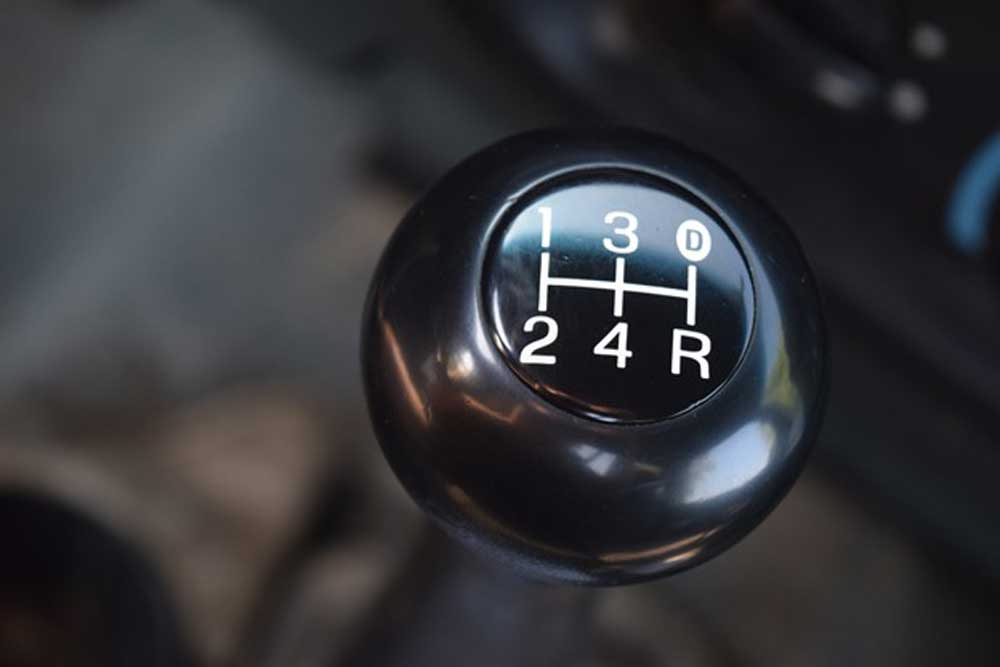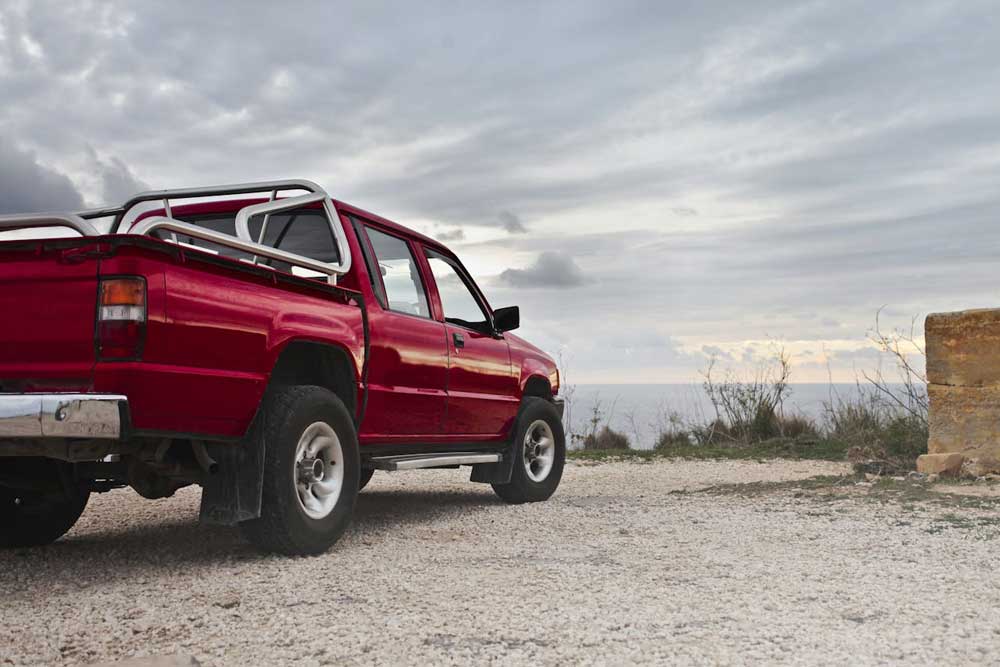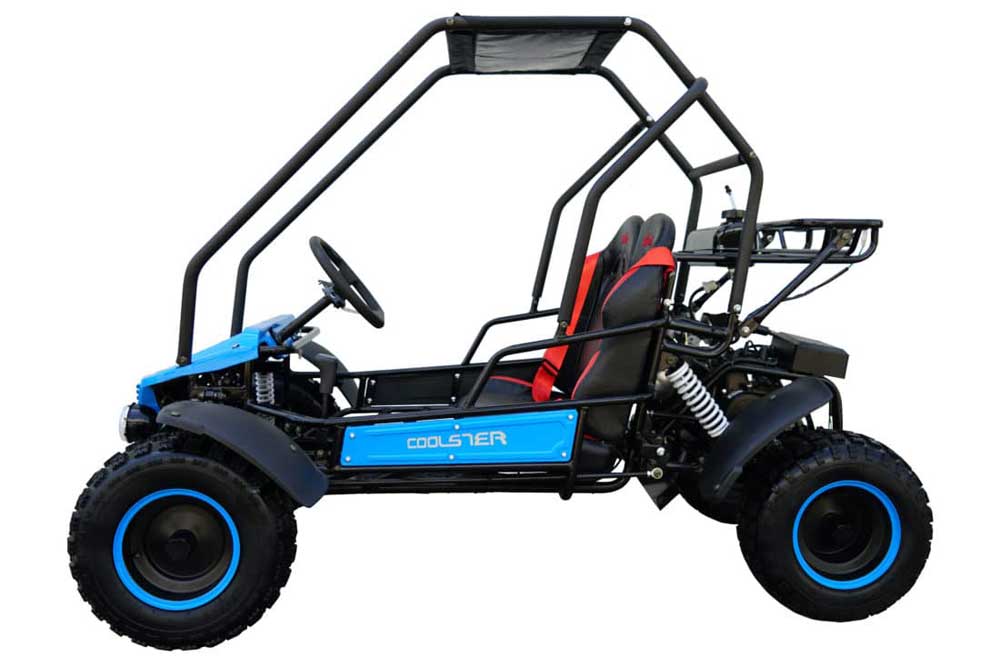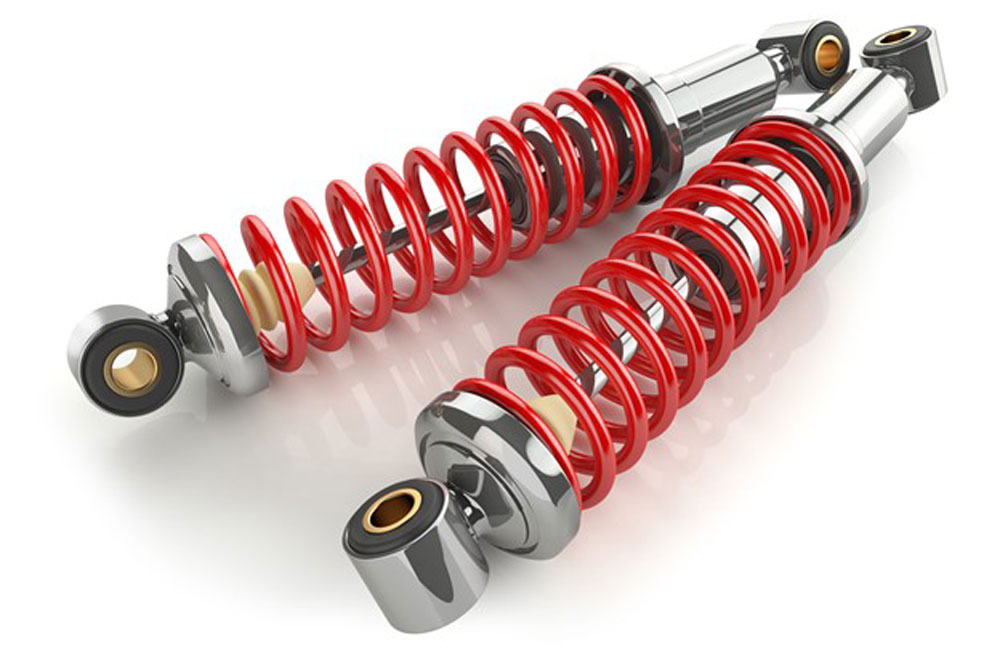Did you know that Karl Benz invented the first clutch around 1885? He included it in his three-wheeled “Motorwagen” decades before Ford’s Model T came on the market.
Of course, like the automobile, the clutch has evolved a lot in the past 150 years. Now there are different types of clutches to suit every type of vehicle and every style of driving.
How many types of clutch are there? We’ll examine the most common types of clutches in cars below, so keep reading!
The Friction Clutch and Your Car
Most consumer vehicles use a friction clutch to move power generated in the engine into the transmission’s gearbox. Once power reaches the gearbox, your car will start moving forward (or backward) as it’s transmitted to the wheels.
The basic mechanics of a friction clutch involve a pressure plate, flywheel, diaphragm spring, and a friction or clutch plate.
The flywheel is a part that connects to the engine shaft. The flywheel has gear teeth in it which are only used by the starter motor to start the engine moving. Other than that, the flywheel is always spinning while the engine is turning over.
The flywheel and friction plate directly contact each other in normal operation, but only when the plate presses firmly against the flywheel. The friction (or clutch) plate attaches to a shaft that connects to the gearbox of the transmission.
To press the friction plate against the flywheel and ensure operation without slippage, and therefore loss of power transmission, it needs a powerful spring or clamp. This is where the “clutch” mechanism’s brilliance comes in.
The Diapraghm Spring
A clutch cover is bolted to the flywheel, around the friction plate. There is a diaphragm spring that is constantly clamping the two together under enormous pressure. The two parts are basically one continuous component at this point.
There’s one more piece that will allow you to change gear ratios in the transmission. When you press the pedal for the clutch, An arm presses against the diaphram spring. This deforms it and disengages the spring against the friction plate and flywheel.
At this point, you have disconnected the engine from transmitting any energy to the gearbox, and therefore the wheels of the car. Because a clutch is one of the most important mechanical parts of a car, and is susceptible to great wear stresses, an ACT clutch can be a great aftermarket addition.
High performance clutches will increase horsepower transmission to your wheels, keep your manual transmission in good working order, increase fuel efficiency, and reduce engine wear.
Depending on the makeup of the clutch, a high-performance clutch can be made for everyday driving performance or street performance.
Which Types of Clutch Are Best for Your Needs?
There are many options for different types of clutch. It all depends on the type of engine in your vehicle, how much power you need, and the type of driving you’re doing.
Bookmark this list and refer back to it anytime you need a refresher course on the different types of clutches for cars.
Speaking of cars, would you like to read more great articles? Our site is dedicated to all things automotive, so park yourself right here and keep browsing!











